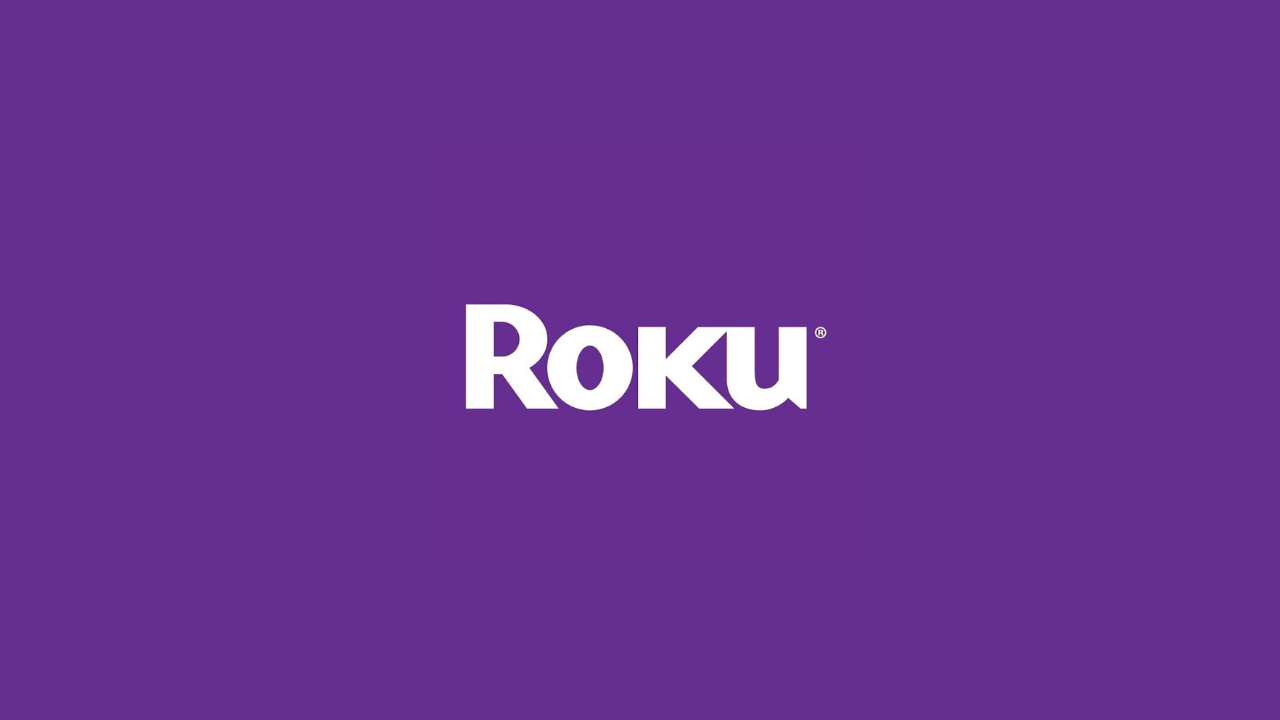Roku, the tech company behind the smart TV operating systems found in some TV brands, the Roku channel, and even its own line of TVs, continues to look for ways to capitalize on the age of streaming. A new patent reveals it is looking to display ads on its TVs to consumers when the devices are idle, specifically for third-party devices connected to its TVs via HDMI like game consoles and streaming sticks.
Spotted by the Lowpass newsletter, writer Janko Roettgers discovered that Roku filed a new patent called "HDMI customized ad insertion." The patent describes a new system allowing Roku to show ads on its smart TVs whenever they are idle. For example, if you are playing a game on your PS5 or watching a show or movie on your Apple TV and want to pause for whatever reason, whether for a bathroom break or to get a snack, the TV would then show an ad.
One way Roku proposes to detect when a TV is idle is to monitor things like audio from the device and grab frames from the video feed to signify the TV has paused the content. Roku did not immediately respond to IGN's request for comment.
This is one of many ways Roku is trying to integrate ads beyond just its traditional method of the Roku Channel. Last year, the company announced that it partnered with Best Buy to not only exclusively sell its affordable smart TVs at the retail chain, but these TVs will also serve consumers ads based on their previous Best Buy purchase history.
But Roku is using advertisements as its main source of generating revenue, as it is selling its hardware at a loss, as disclosed inthe company's FY 2023 earnings report, revealing it lost $44 million last year on the sale of hardware. However, as The Mottley Fool pointed out in an article published earlier this year, Roku does not really make money from the devices but rather from its advertising business.
Given the proposal to place ads on a third-party device, the concept seems intrusive. It can feel like a weird paradox for those who, say, have a Roku TV but a Fire TV Stick connected to the HDMI port. Even if they are paying for ad-free Prime Video or Max and pause the content, they still are not avoiding ads under this patent proposal.
Nevertheless, tech companies are constantly filing patents, so this proposal may not even become a feature at the end of the day.
Taylor is a Reporter at IGN. You can follow her on Twitter @TayNixster.







